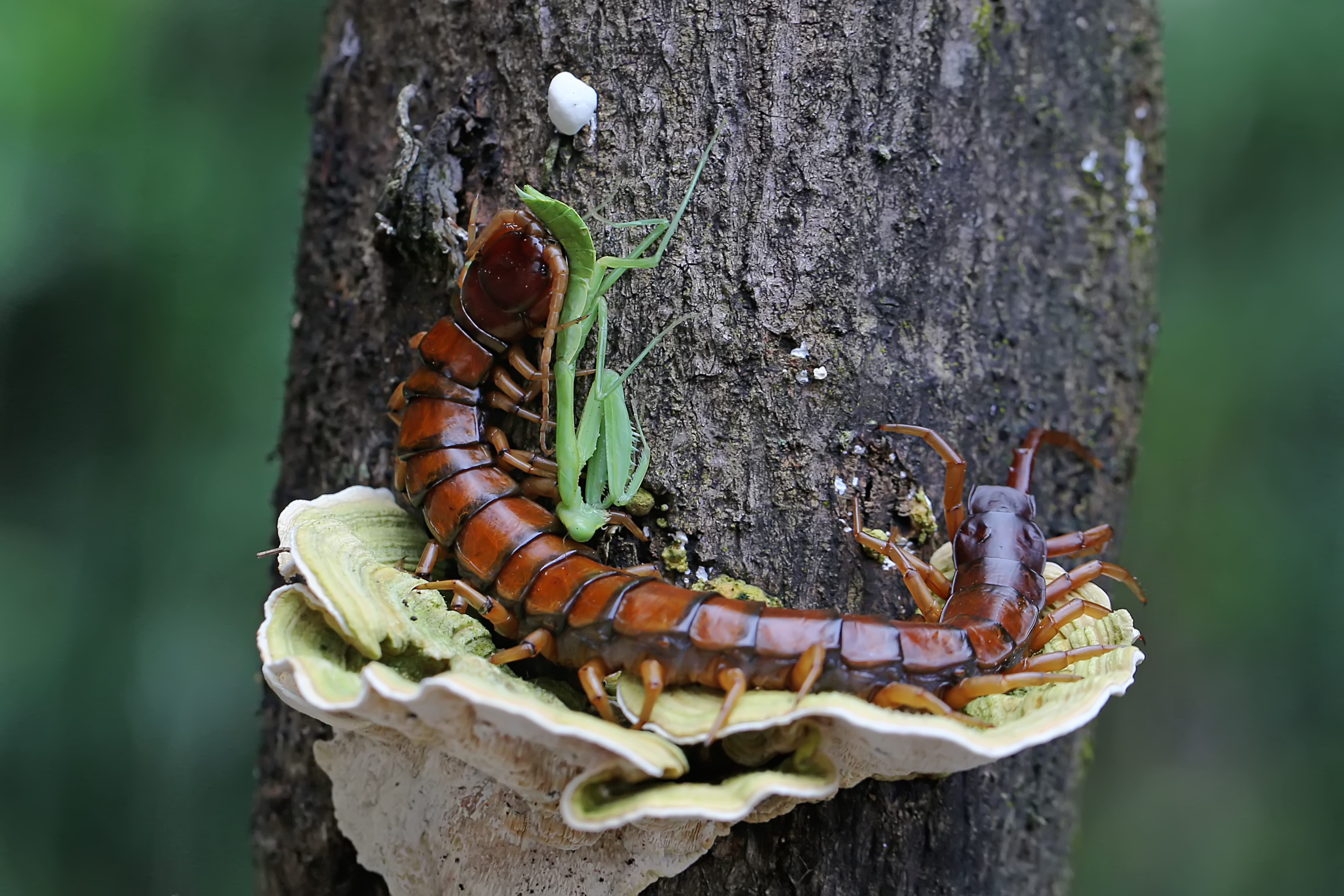Don’t underestimate the centipede – and never, ever call them an insect. Often shunned for being the creepiest of all crawlies, these many-legged masterpieces have a strange and unique evolutionary history that’s full of surprises.
ADVERTISEMENT
Taxonomically speaking, centipedes are not insects. Insects – like beetles, bees, ants, and many, many others – belong to the class Insecta, characterized by their tough exoskeleton, a three-part body, and a pair of antennae. On the other hand, centipedes are classified under Chilopoda, known for their predatory behavior, venomous bites, and numerous legs.
This distinction isn’t just a matter of box-ticking characteristics; it shows that centipedes have followed a very different evolutionary path to others.
They have been around for more than 400 million years, making them one of the oldest known venomous animals on Earth that’s still going strong. All centipedes are venomous predators. By mixing up a cocktail of toxins, they deliver their venomous blow through pincer-like appendages near their head, which are actually modified legs, not fangs.
Among the five different orders of centipede, all of them have very different venoms – which is an intriguing clue about their long history. A 2019 study took a close look at this and found that complex venom had evolved separately at least five times across the different orders.

We told you they could be mean: A centipede eating a praying mantis.
Image credit: Wayan Sumatika/Shutterstock.com
Early centipede venom was simple, made up of just four toxin families, but it became more diverse and complex over time. Some of the most remarkable venom can be found in two giant Australasian centipede species, containing 47 and 48 toxin families.
It’s also fascinating to see how these different venom toxins evolved from otherwise harmless proteins. One way this happens is when a protein changes its target preference. For example, antimicrobial peptides – proteins that normally fight harmful microbes – can evolve to target ion channels, which are involved in nerve function. When these modified peptides are included in venom, they can act as neurotoxins, helping the venomous animal immobilize its prey.
ADVERTISEMENT
Another way proteins become weaponized is when they remain unchanged but are present in venom in very high concentrations. This increased dosage can be toxic, disrupting the delicate balance of the victim’s physiology when injected.
Stranger still, some ingredients in centipede venom appear to have been pilfered from other lifeforms. Another study in 2021 found that centipedes got some of their venom ingredients from bacteria and fungi. This happened through at least eight horizontal gene transfers, where the centipedes borrowed genes from these microbes to make their venom more powerful.
So, the next time you spot a centipede scuttling beneath a damp log, give it some respect. Their unique venom, rich evolutionary history, and ability to transform harmless proteins into potent toxins showcase the unexpected and intricate paths life on Earth can follow.
Source Link: These Animals Have Been Around For Over 400 Million Years And Evolved Venom 5 Times